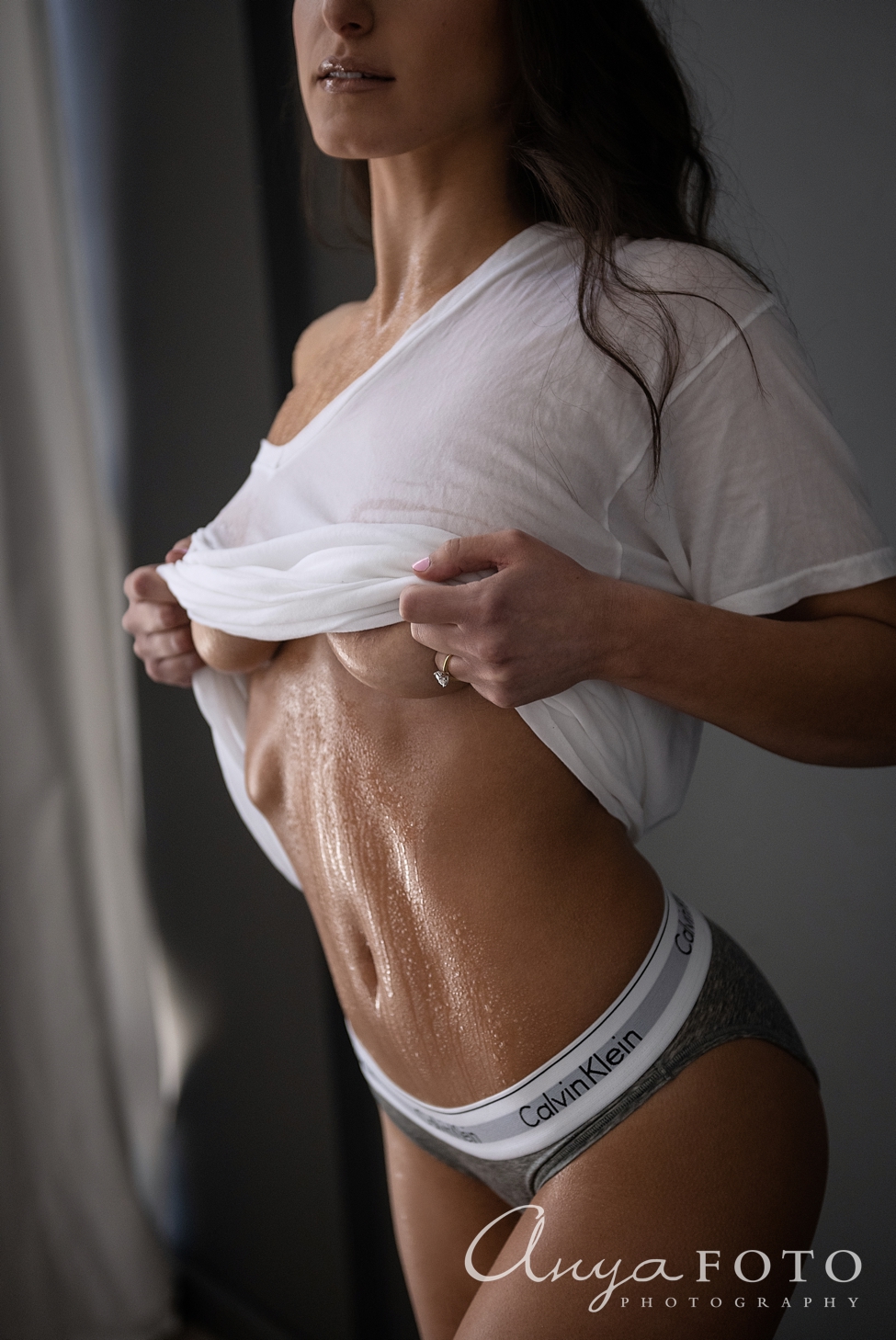
Photography is not just about capturing a moment, but also about portraying it in the best light. Especially in boudoir photography, post-production plays a pivotal role. Over the years, the digital age has revolutionized the art of editing, introducing a myriad of styles that can beautifully enhance a photograph.
Post-production aims to:
- Enhance the natural beauty without altering the essence of the subject.
- Highlight the raw emotions and intimate mood captured during the session.
- Convey the narrative or desired theme of the shoot.
Every photo starts with basic edits:
- Processing the RAW image to retain maximum details.
- Cropping and straightening to frame the subject just right.
- Making tonal adjustments for brightness, contrast, and colors.
Every photographer might have a unique style, but some popular modern trends include:
- Matte Look: A soft, romantic aura with muted tones.
- Moody and Dark: A mysterious style emphasizing shadows and muted highlights.
- Bright and Airy: Evoking innocence with elevated brightness and dreamy soft tones.
- Vintage or Filmic: A nostalgic nod to the film camera era.
- Black and White: Timeless elegance with monochrome tones.
Editing is powerful and with great power comes great responsibility:
- Always respect the client’s wishes. Some may want minimal edits, while others may have specific requests.
- Avoid altering the body’s structure drastically. Celebrate natural beauty.
- Strive for a balance between your artistic vision and maintaining the subject’s authenticity.
Today, we’re spoilt for choice with editing software:
- Adobe Lightroom and Photoshop are industry favorites for their extensive features.
- Presets and actions can help streamline your editing, giving a consistent style across photos.
- Plugins can further enhance capabilities, whether it’s for skin retouching or adding special effects.
Editing in boudoir photography is a dance between natural and enhanced. As styles evolve, it’s essential to stay updated, but the core remains – to celebrate and embrace the subject in all their glory.
What’s your favorite editing style? Share your go-to techniques or styles in the comments below. If you’re considering a boudoir session and have specific editing preferences, let’s discuss it in your consultation!





